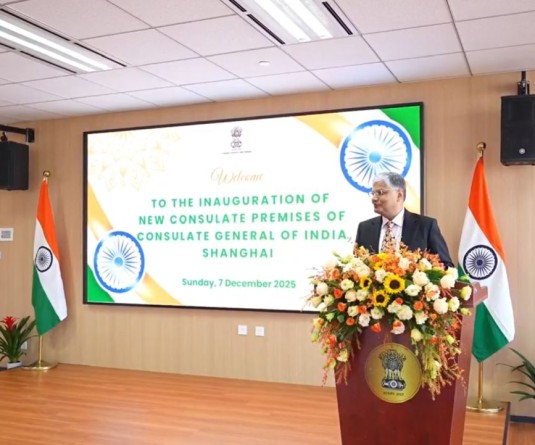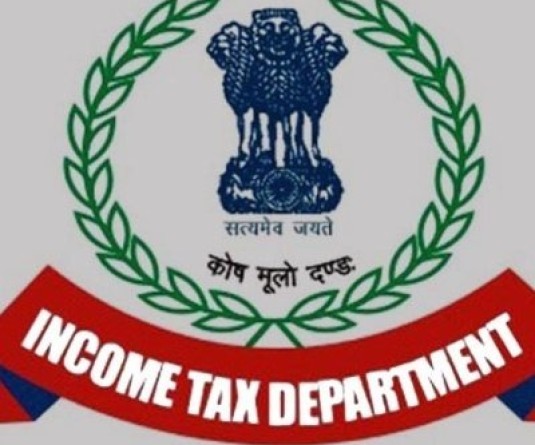
New Delhi, April 14 (PTI): Following the submission of the report by the four Task Forces set up by the Nuclear Power Corporation of India Limited (NPCIL), India’s nuclear plants are all set to get additional safety features including advance alert mechanism for Tsunami and additional shore protection measures, to add water to the reactors to deal with over heating of the core, a condition that led to the disastrous Fukushima nuclear accident in Japan.
In addition to this, the Specialist Committee set up by the Atomic Energy Regulatory Board (AERB) will also be submitting its report and NPCIL will incorporate all the recommendations made by the committee, NPCIL chairman and managing director, S.K. Jain said in a statement issued here. Stating that the event at Fukushima was still unfolding, Mr. Jain said the measures are part of six recommendations made by four separate task forces set up to study the capability of handling extended power loss scenario witnessed during Japan’s nuclear crisis.
“Detailed walk down of all the plants have been conducted by specially constituted teams at sites and preparedness has been ensured,” he added. He said reports of the task forces were thoroughly reviewed and discussed by experts and the top management at NPCIL. The studies have indicated that capabilities exist in all Indian nuclear plants to handle severe natural events, Mr. Jain said. However, the task forces have recommended introduction of new technologies to ensure initiation of automatic reactor shutdown on sensing seismic activity. Similarly, they have recommended setting up of an advance Tsunami alert mechanism at the Tarapur Atomic Power Station which houses two Boiling Water Reactors, similar to the crippled reactors at the Fukushima-Daiichi plant, which was affected due to a massive tsunami on March 11. In addition to this, they have also recommended additional shore protection measures at Madras and Tarapur Atomic Power Stations which are located near the sea coast.
The task forces have suggested additional hook-up points to bring water to the spent fuel pools at Units 1 and 2 each of Tarapur, Rajasthan and Madras Atomic Plants. While Units 1&2 at Tarapur began operations in 1969, RAPS-1, built with Canadian assistance, became the prototype for the country’s indigenous Pressurised Heavy Water Reactors (PHWRs). India completed the RAPS-2 on its own after Canada suspended its assistance following India’s 1974 nuclear test. The two units of MAPS are also an earlier version of the PHWRs design of which was standardised later. Standardised PHWRs are located at Narora (two units), Kaiga (four units), Kakrapara (two units) and Tarapur (two units). The units at Narora, Kaiga and Kakrapara are of 220 MW capacity each, while Tarapur has two 540 MW capacity units.
In addition to this, the Specialist Committee set up by the Atomic Energy Regulatory Board (AERB) will also be submitting its report and NPCIL will incorporate all the recommendations made by the committee, NPCIL chairman and managing director, S.K. Jain said in a statement issued here. Stating that the event at Fukushima was still unfolding, Mr. Jain said the measures are part of six recommendations made by four separate task forces set up to study the capability of handling extended power loss scenario witnessed during Japan’s nuclear crisis.
“Detailed walk down of all the plants have been conducted by specially constituted teams at sites and preparedness has been ensured,” he added. He said reports of the task forces were thoroughly reviewed and discussed by experts and the top management at NPCIL. The studies have indicated that capabilities exist in all Indian nuclear plants to handle severe natural events, Mr. Jain said. However, the task forces have recommended introduction of new technologies to ensure initiation of automatic reactor shutdown on sensing seismic activity. Similarly, they have recommended setting up of an advance Tsunami alert mechanism at the Tarapur Atomic Power Station which houses two Boiling Water Reactors, similar to the crippled reactors at the Fukushima-Daiichi plant, which was affected due to a massive tsunami on March 11. In addition to this, they have also recommended additional shore protection measures at Madras and Tarapur Atomic Power Stations which are located near the sea coast.
The task forces have suggested additional hook-up points to bring water to the spent fuel pools at Units 1 and 2 each of Tarapur, Rajasthan and Madras Atomic Plants. While Units 1&2 at Tarapur began operations in 1969, RAPS-1, built with Canadian assistance, became the prototype for the country’s indigenous Pressurised Heavy Water Reactors (PHWRs). India completed the RAPS-2 on its own after Canada suspended its assistance following India’s 1974 nuclear test. The two units of MAPS are also an earlier version of the PHWRs design of which was standardised later. Standardised PHWRs are located at Narora (two units), Kaiga (four units), Kakrapara (two units) and Tarapur (two units). The units at Narora, Kaiga and Kakrapara are of 220 MW capacity each, while Tarapur has two 540 MW capacity units.






